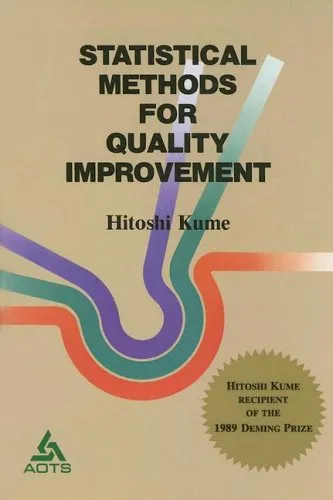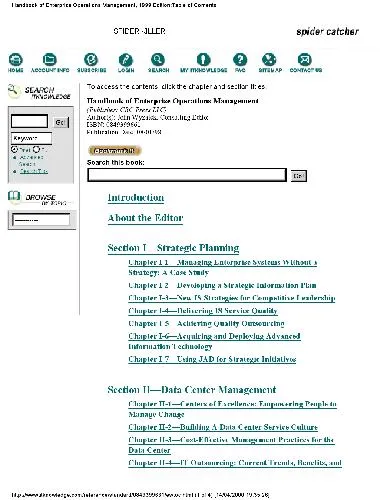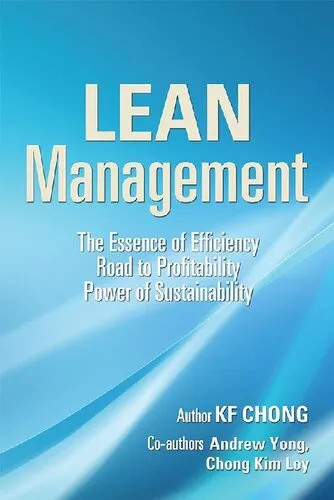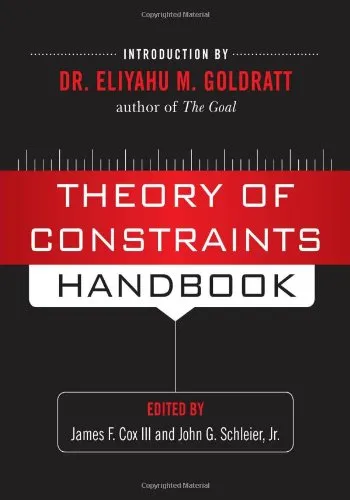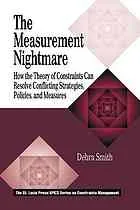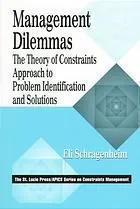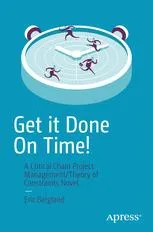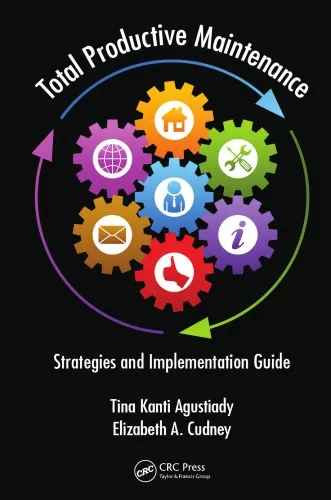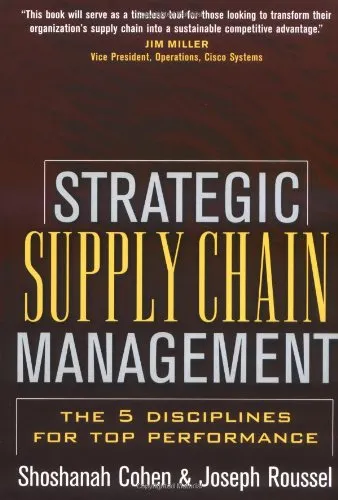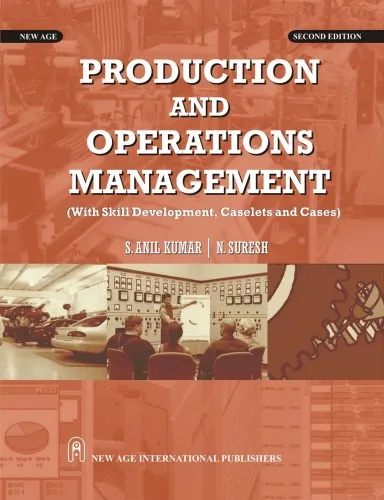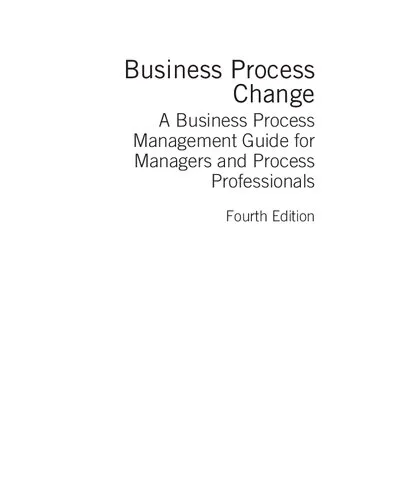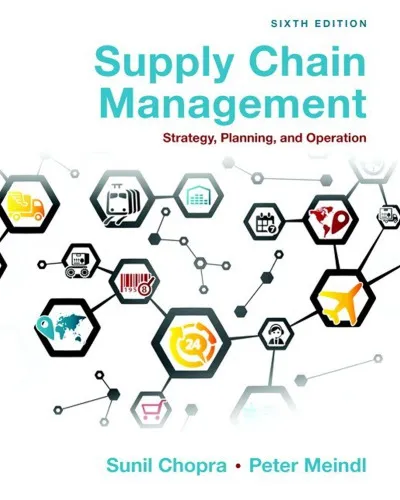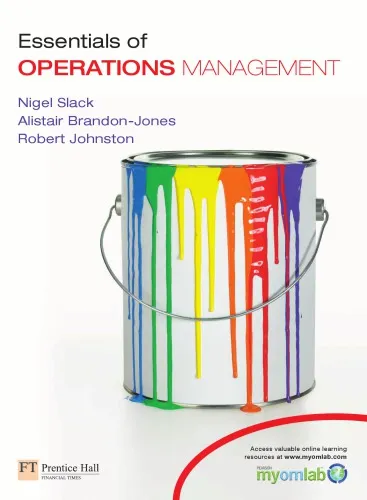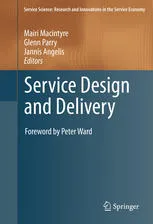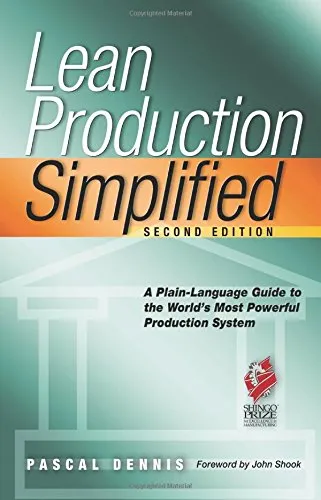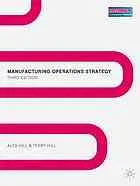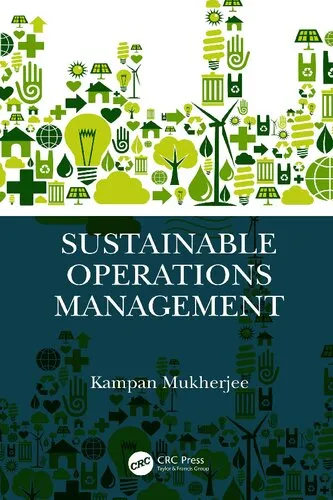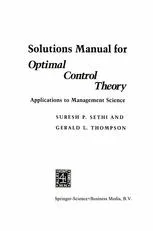Statistical Methods for Quality Improvement
5.0
Reviews from our users

You Can Ask your questions from this book's AI after Login
Each download or ask from book AI costs 2 points. To earn more free points, please visit the Points Guide Page and complete some valuable actions.Related Refrences:
Introduction to "Statistical Methods for Quality Improvement"
"Statistical Methods for Quality Improvement" is a comprehensive guide to understanding and applying statistical tools in the context of quality improvement. Written by Hitoshi Kume, a pioneer in this field, the book bridges the gap between statistical theory and practical application, making it an essential resource for professionals, academics, and students passionate about achieving excellence in products and processes.
In this highly structured book, Kume offers a blend of theoretical insights and practical techniques to improve quality across industries. Leveraging real-world examples and case studies, the book provides a step-by-step framework for implementing effective statistical methods. Whether you're new to quality control or a seasoned professional looking to refine your strategies, this book is an invaluable reference that can guide you toward sustainable success.
Detailed Summary of the Book
The book opens with foundational concepts of quality improvement and quickly moves to introduce statistical methods as core tools for achieving and sustaining quality. By emphasizing the importance of data and systematic analysis, Kume demonstrates how organizations can uncover inefficiencies and solve problems proactively.
Structured into several practical chapters, "Statistical Methods for Quality Improvement" explores techniques such as control charts, design of experiments, Pareto analysis, and scatter diagrams. Each chapter provides readers with a detailed explanation of the tools and techniques, their applications, and methods to interpret results effectively. Throughout the book, examples from industries like manufacturing, healthcare, and services emphasize the versatility and universal applicability of these methods.
One of the key highlights of the book is its focus on empowering readers to take a data-driven, fact-based approach to decision-making. Kume simplifies complex statistical theories into understandable frameworks, enabling readers to implement quality improvement measures confidently. The book also fosters teamwork, showing readers how to collaborate within organizations to achieve lasting results.
By the end of the book, readers are equipped with not only the knowledge but also actionable strategies to enhance quality across any organization or process, bridging the gap between theory and practice seamlessly.
Key Takeaways
Here are some of the key takeaways that you will gain from "Statistical Methods for Quality Improvement":
- A deep understanding of statistical methods and their role in improving quality.
- Practical steps to implement techniques like Pareto analysis, cause-and-effect diagrams, and control charts.
- An appreciation for a systematic, data-driven approach to make informed decisions.
- Insights into how quality improvement integrates with organizational goals and teamwork.
- A mindset focused on continuous improvement and problem-solving.
Famous Quotes from the Book
Some of the most impactful insights from "Statistical Methods for Quality Improvement" include:
"Quality is not achieved by chance. It requires a disciplined approach to understanding processes and eliminating inefficiencies."
"Statistical methods serve as a mirror to reality. They reveal the true nature of processes and guide us to optimal solutions."
"In today’s competitive world, continuous improvement is not an option - it is a necessity."
"The Pareto principle reminds us that small changes can often lead to the biggest improvements."
Why This Book Matters
In an era where quality can determine the survival of companies, "Statistical Methods for Quality Improvement" remains an indispensable resource. Here's why this book holds enduring significance:
Firstly, it demystifies the application of statistical techniques in a way that is accessible to professionals across all levels of expertise. The structured methodologies outlined in this book empower teams to address their most pressing quality concerns effectively.
Secondly, Kume's focus on real-world examples ensures that the lessons are directly applicable to various industries and roles. Unlike many books that focus solely on academic theories, this book is grounded in practice, designed for those who seek to drive tangible results.
Lastly, this book is instrumental in fostering a culture of quality improvement within organizations. By enabling professionals to view quality control as a shared responsibility rooted in data and rigorous analysis, it encourages a collaborative atmosphere where innovation can thrive.
Ultimately, "Statistical Methods for Quality Improvement" is a timeless guide for those committed to achieving operational excellence and staying competitive in a constantly evolving global market.
Free Direct Download
You Can Download this book after Login
Accessing books through legal platforms and public libraries not only supports the rights of authors and publishers but also contributes to the sustainability of reading culture. Before downloading, please take a moment to consider these options.
Find this book on other platforms:
WorldCat helps you find books in libraries worldwide.
See ratings, reviews, and discussions on Goodreads.
Find and buy rare or used books on AbeBooks.
1483
بازدید5.0
امتیاز0
نظر98%
رضایتReviews:
5.0
Based on 0 users review
Questions & Answers
Ask questions about this book or help others by answering
No questions yet. Be the first to ask!
